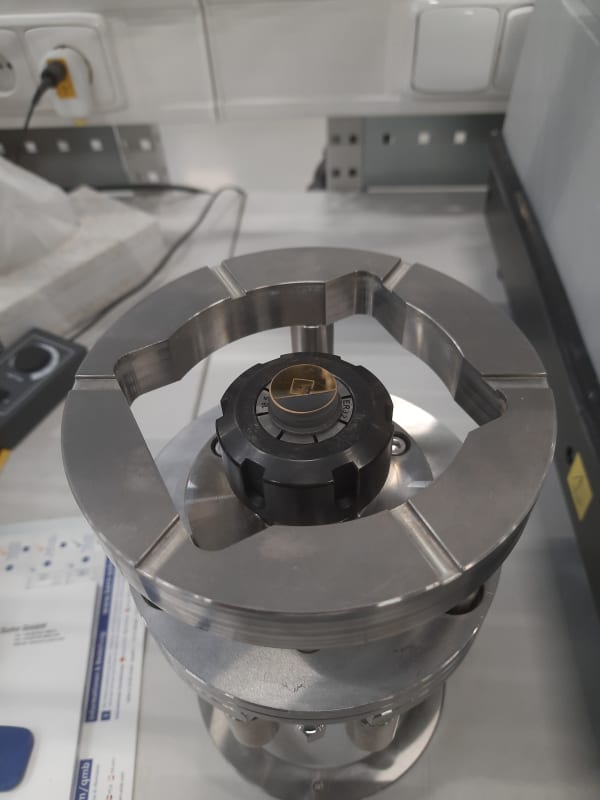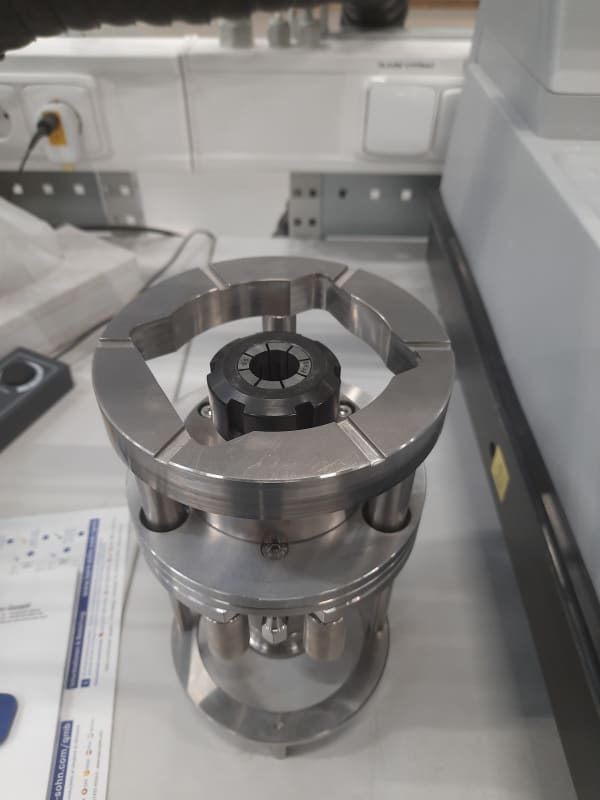Hey everyone,
I am working as an electrical engineer and I need some mechanical advise on lapping.
The issue I am facing is that i need to lap a crystal bonded to a rod within a few micrometer of accuracy and I need to align the part (in the center) together with the frame of the jig in order to avoid lapping the rod in the process.
Do insure the parallelism between rod and jig I used to place a plate on top of the jig with a hole on it to use as the jig referential and then measure with a flat gage that the 4 sides of the rod are at the same height. Finally align the jig depending on what the flat gage says until I get it right.
But the accuracy is quite low for the needs (~+-10um) and it takes lot of time to get it right. I added a few pictures of the setup to help understand it and the issues. DO you guys have some ideas on an alternative way to do this? I was considering using something like an auto colimator maybe but there is still the issue of the referential to get as precise as possible.



I am working as an electrical engineer and I need some mechanical advise on lapping.
The issue I am facing is that i need to lap a crystal bonded to a rod within a few micrometer of accuracy and I need to align the part (in the center) together with the frame of the jig in order to avoid lapping the rod in the process.
Do insure the parallelism between rod and jig I used to place a plate on top of the jig with a hole on it to use as the jig referential and then measure with a flat gage that the 4 sides of the rod are at the same height. Finally align the jig depending on what the flat gage says until I get it right.
But the accuracy is quite low for the needs (~+-10um) and it takes lot of time to get it right. I added a few pictures of the setup to help understand it and the issues. DO you guys have some ideas on an alternative way to do this? I was considering using something like an auto colimator maybe but there is still the issue of the referential to get as precise as possible.



